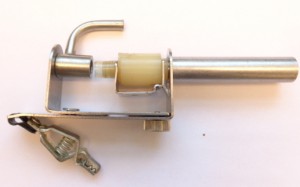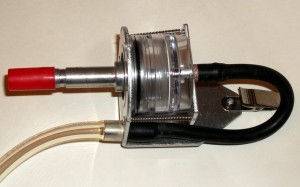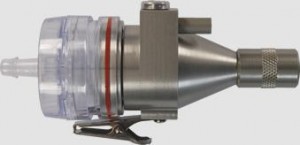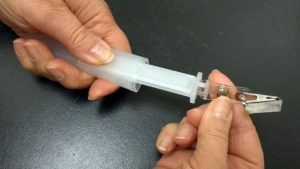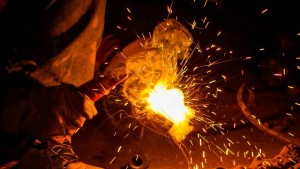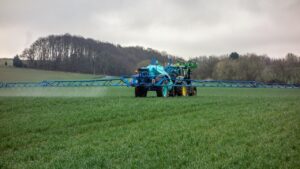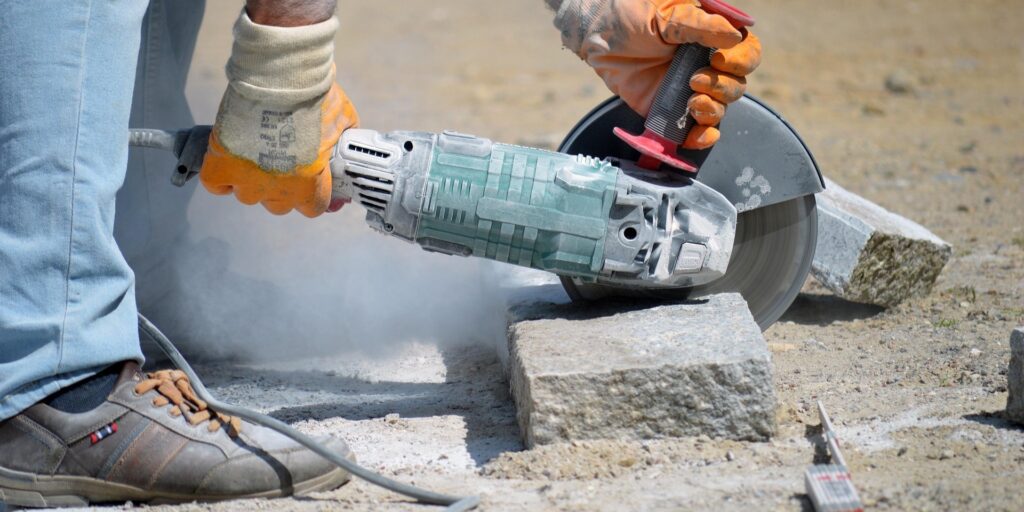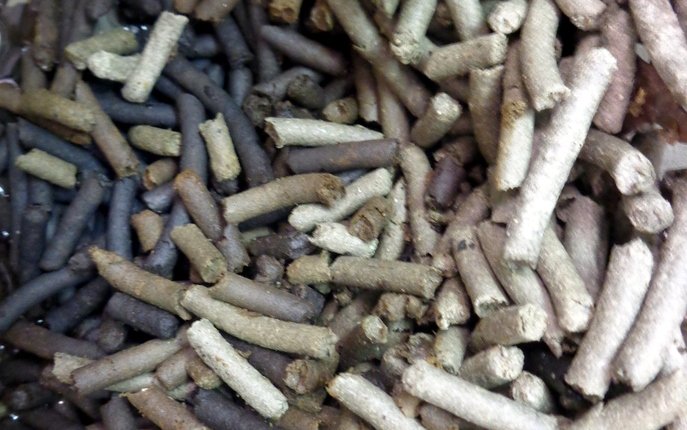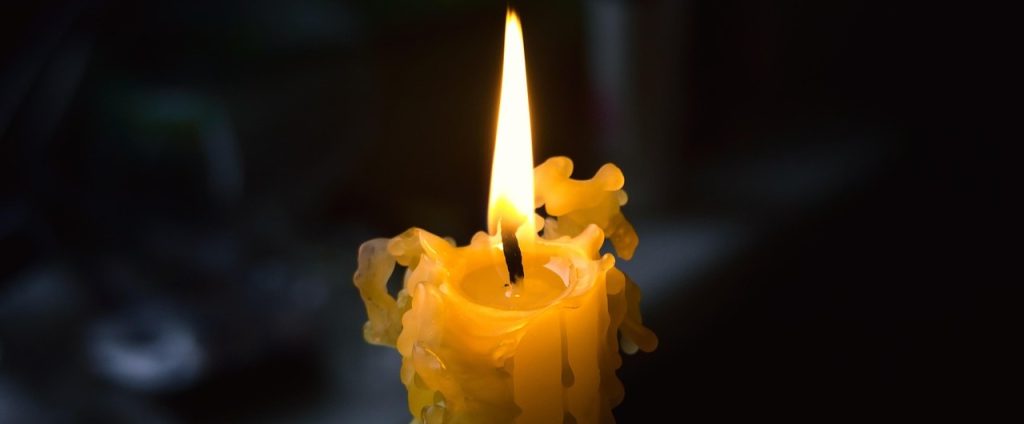LCS Laboratory Inc., offers full technical support for all of your air sampling needs. In this article we will discuss how to select air sampling cyclones for successful testing of crystalline silica dust in the air.
Crystalline silica is regulated as respirable dust, and silica sampling requires use of size selective sampling cyclones. LCS Laboratory Inc., offers three models of cyclones for rent. All 3 models deliver equal quality performance. The most significant difference is the air flow at which they need to be used. Let’s compare the 3 different designs:
– Dorr-Oliver nylon cyclone operates at 1.7 L/min
– Aluminum Cyclone at 2.5 L/min
– BGI GK 2.69 cyclone at 4.1 L/min
When selecting your sampling cyclone, you should consider all governmental regulations on airborne silica concentration. In Ontario, Canada, the Ministry of Labour (MOL) regulates the concentration of airborne silica at 0.100 mg/m³. Another guideline is offered by the ACGIH at 0.025 mg of crystalline silica per m³. The ACGIH limit is more restrictive and commonly used as a “best practice” criteria.
If you need to compare your results with the MOL regulation, you need to collect anywhere between 400 and 800 L of air. To achieve the testing sensitivity sufficient for the ACGIH guideline, you should collect about 600- 1000L of air.
Based on the above data, the Dorr-Oliver nylon cyclone is recommended when longer sampling procedures (anywhere from 6 to 10 hours) are required. The Aluminum cyclone performs best for routine 4-7 hour sampling, and finally, the BGI GK 2.69 cyclone should be used for shorter sampling procedures that can be completed in 2-4 hours.
To order the supplies for silica sampling, or to discuss your project, please email LCS Laboratory Inc.


